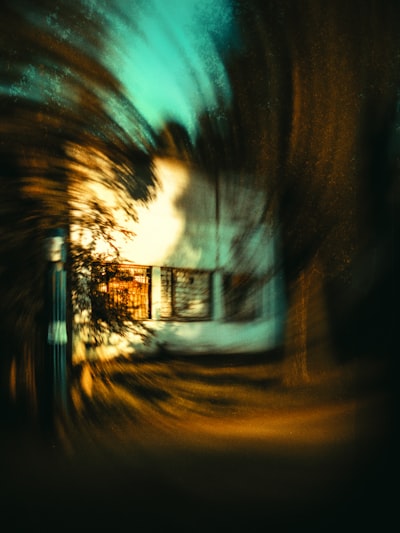Have you ever found yourself in a dream, only to realize you’re dreaming—and then, within that moment, realize you’re dreaming again? This puzzling phenomenon isn’t just the stuff of poetic metaphors or mind-bending films—scientists call it a 'false awakening', and it can feel like stepping through layers of reality, each more slippery than the last.
Throughout history, dreams within dreams have captivated our imaginations. From Edgar Allan Poe’s haunting verses to the movie 'Inception', the idea suggests that consciousness isn’t a single thread, but a tapestry woven from many thin, interconnected strands. In some cultures, these multi-layered dreams are thought to be gateways to other worlds, or messages from the subconscious trying to peel back deeper truths.
Psychologically, such dreams might arise when we’re wrestling with important decisions, or when our sleep cycles fragment during the night, blurring the boundaries between REM (dream) and waking states. Remarkably, people who practice lucid dreaming—actively shaping their dreams—report stacking layers of awareness: dreaming they’re dreaming, and sometimes even influencing those nested worlds.
It raises an unsettling yet exhilarating question: how do we truly know when we’re awake? Perhaps our everyday reality is itself just one layer of a greater dream. Next time you notice something uncanny or impossible—clocks with melting numbers, landscapes shifting in impossible ways—pause and ask: could you be living a dream within a dream?
This article was inspired by the headline: 'a dream within a dream'.

Comments
No comments yet. Be the first to comment!